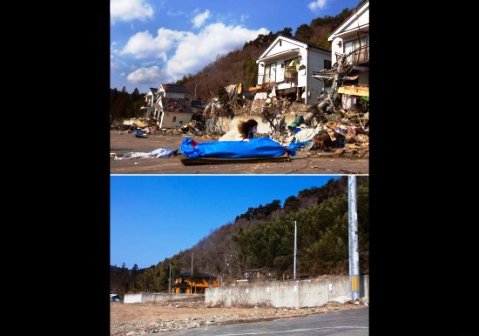Japan faced one of the most devastating disasters in March 2011, when they had to deal with the wrath of the earth and the sea in the form of earthquakes and a tsunami.
These natural disasters damaged the Fukushima Dai-ichi nuclear reactors causing considerable radiation exposure on land, in air and the surrounding seas.

Then
The leak was expected to contaminate the sea organisms present in the Japanese waters. The scientists stated that the smaller organisms like plankton and krill were more prone to be contaminated rather than the bigger fishes like the blue fin tuna.
Now
This is why it came as a nasty shock when scientists on the other end of the world tested the migrating tuna for radioactivity and found high levels of it. It stunned the scientific world that the big fish could not flush out the radioactive material through their metabolism even as they raced across the ocean traveling 6000 miles from the Japanese waters to the American coast.
What did the research say?
Plankton and smaller fish growing in the radioactive waters near the damaged reactors were found to be highly radioactive. Bigger fish that swam in the radioactive water and ate the infected plankton were expected to carry the radioactive material for a period of time. However, it was not expected that they would retain such high levels after so many months.
The blue fin tuna travel from the Japanese coast, where they spawn to the Californian coast, in the Baja California area, during their schooling areas. The fish caught here were tested for radioactive material five months after the accident and the scientists discovered high levels of cesium 134 and 137, even though the fish had been exposed to the contaminated food source for a period no longer than a month.
The research discovered radioactive cesium at levels 10 times higher than last year. These levels are still far below the safe-to eat levels prescribed by the government but still the puzzlement remains.
Nature’s course and radioactivity
The bigger fish are considered capable to flush out the radioactive toxins as they grow. Tuna, for example, can grow to lengths of 10 feet and can individually weigh more than 1000 kilos. Their metabolism is considered strong enough to flush contamination. This is why the high levels of radioactive cesium found in the blue fin tuna, after they migrated to America have become a severe cause of concern.
The scientists plan to carry out similar tests on sea birds, sharks and sea turtles that migrate across the world.
(photo credit: www.huffingtonpost.com)









